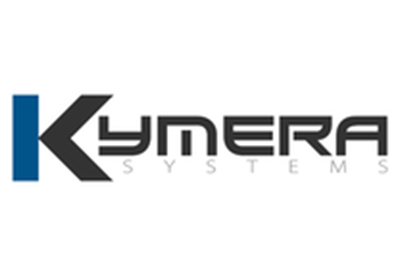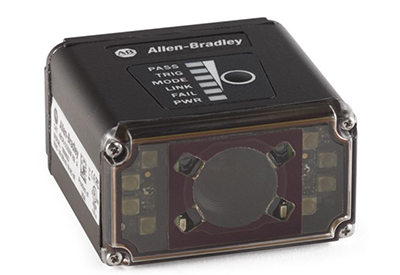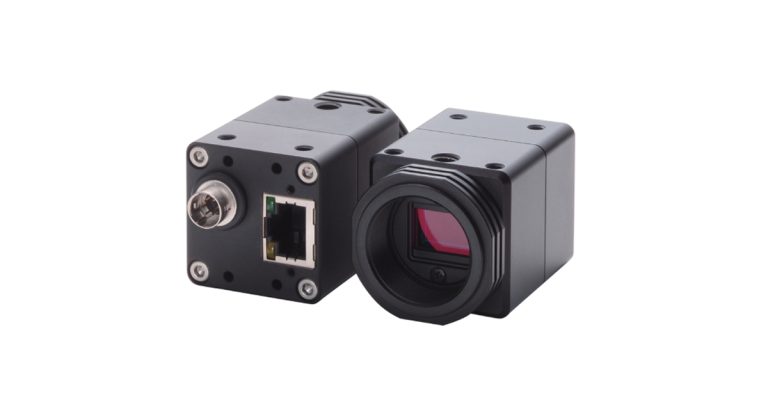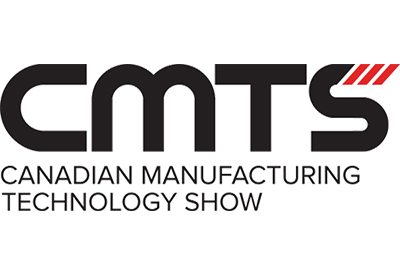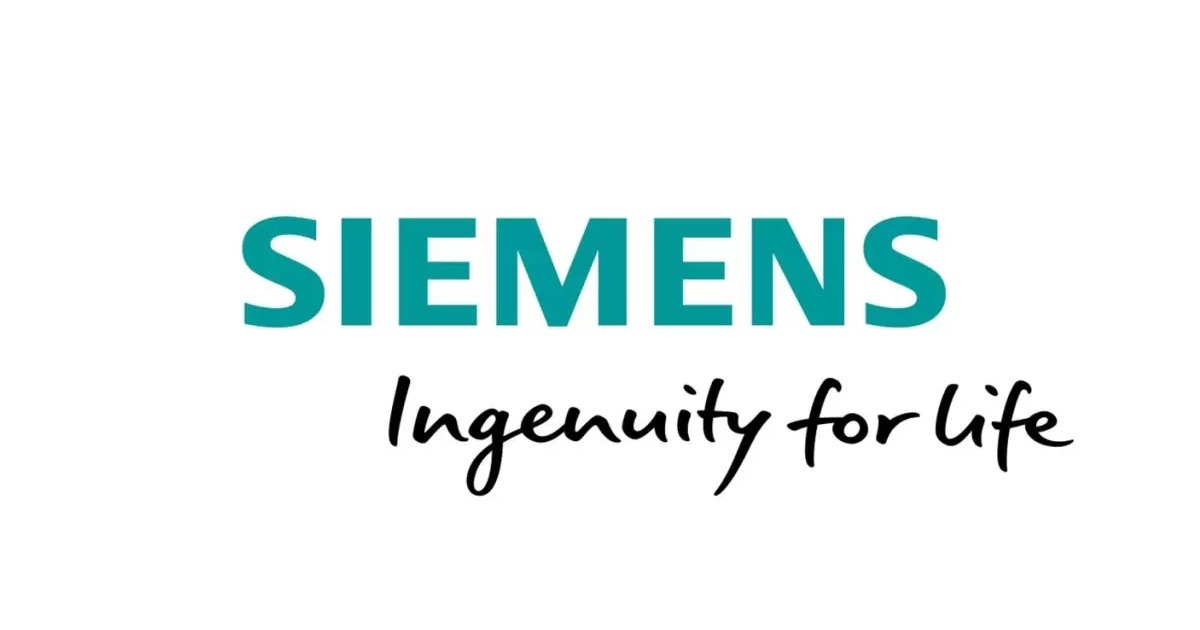Five Considerations for a Zero Trust Architecture

June 20, 2022
By Tony Baker, Chief Product Security Officer, Rockwell Automation
Zero Trust is everywhere. It’s covered in industry trade publications and events, it’s a topic of conversation at board meetings, and it’s on the minds of CISOs, CIOs, and even the President.
What is Zero Trust, and why is it important?
Zero Trust isn’t a cybersecurity solution in and of itself, but implementing a Zero Trust architecture will help mitigate and ultimately lower the number of successful cybersecurity attacks your organization might otherwise endure, greatly reducing operational and financial risk.
What is Zero Trust?
A Zero Trust security model, simply put, is the idea that anything inside or outside an organization’s networks should never implicitly be trusted. It dictates that users, their devices, the network’s components, and in fact any and every packet that holds a stated identity, should continuously be monitored and verified before anyone or anything is allowed to access the organization’s environment – especially its most critical assets.
This concept is the exact opposite of the old “trust everything if it’s in my zone” model that many IT models operated under in years past. Today, Zero Trust takes a “trust nothing unless it can be verified in multiple ways” approach to security.
How do you build a Zero Trust architecture?
If you’re considering implementing a Zero Trust model in your organization and want to better understand how to get started, John Kindervag, the creator of Zero Trust, outlines these five practical steps.
Step 1: Define your protect surfaces
Most organizations understand the concept of the attack surface, which includes every potential point of entry a malicious actor might try to access in an attempt to compromise an organization.
Protect surfaces are different. They encompass the data, physical equipment, networks, applications and other crucial assets your organization wants to deliberately protect, given how important they are to the business.
Why take the protect surface approach instead of looking at the entire attack surface? Kindervag puts it simply: “Protect surface becomes a problem that’s solvable, versus a problem, like the attack surface, that’s actually unsolvable. How could you ever solve a problem as big as the internet itself?”
It’s essential to first identify the assets within your environment that require protection. Where does the most sensitive data reside? What operational technology is most critical to your plant and production processes? Make a list of those assets that you absolutely must prioritize from a security and access management standpoint and prioritize them.
Step 2: Map the transaction flows
Once you’ve identified your protect surfaces, you can start to map their transaction flows.
This includes examining all the ways in which various users have access to those assets and how each protect surface interacts with all other systems in your environment. For example, a user might be able to access terminal services only if multi-factor authentication (MFA) is implemented and verified, the user is logging on at an expected time and from the expected place, and doing an expected task.
With your protect surfaces identified, prioritized and transaction flows mapped, you’re now ready to begin architecting a Zero Trust environment. Start with the highest priority protect surface and when completed, move to the next. Each protect surface with a Zero Trust architecture implemented is a high quality step toward stronger cyber resiliency and lowered risk.
Step 3: Architect a Zero Trust environment
Keep in mind: no single product delivers a complete Zero Trust architecture. Zero Trust environments take advantage of multiple cybersecurity tools, ranging from access controls like MFA and identity and access management (IAM), to technology that protects sensitive data through processes like encryption or tokenization.
Beyond a toolbox of security technologies, every Zero Trust architecture essentially starts with creating smart, detailed segmentation and firewall policies. It takes those policies and then creates multiple variations based on attributes like the individual requesting access, the device they’re using, the type of network connection, the time of day they’re making the request and more – step by step, building a secure perimeter around each protect surface.
Step 4: Create a Zero Trust policy
This step focuses on creating the policies that govern activities and expectations related to things like access controls and firewall rules.
Think beyond posting those new policies to your organization’s intranet, too. Consider educational programs you may need to implement throughout the organization to promote strong security practices among your employees, vendors, and consultants. Frequent cyber awareness training has moved into the mainstream, becoming a necessity that will help reduce risk.
Step 5: Monitor and maintain the network
The final step in Kindervag’s process focuses on verifying that your Zero Trust environment and the policies governing it are working the way you intended, identifying gaps or areas for improvement and course-correcting as necessary. This can be done by selecting a trusted MSSP partner with deep experience and knowledge in OT cybersecurity and deploying security measures at scale, globally.
Start your Zero Trust security journey today
Zero Trust security represents a mindset shift and a new approach – one that will ultimately strengthen your organization’s security posture and reduce the potential for your most sensitive data and production systems falling into the wrong hands.

